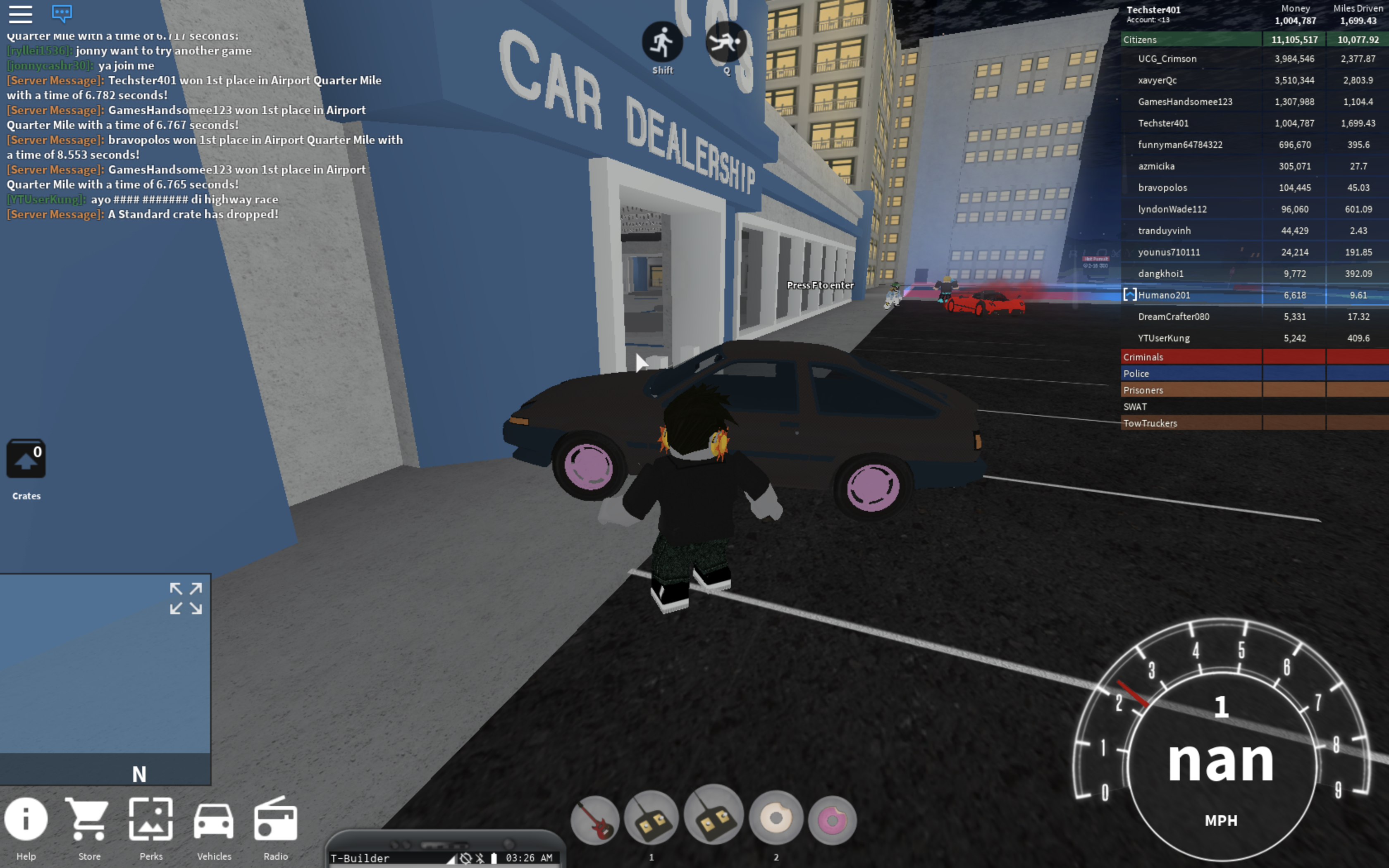
The USAF referred to it as "Predator B" until it was renamed "Reaper". Designated YMQ-9s due to their prototype role, they were delivered in 2002. In October 2001, the USAF signed a contract for an initial pair of Predator Bs (001 and 002) for evaluation.

This variant has a payload capacity of 3,000 pounds (1,400 kg), a maximum ceiling of 52,000 feet (16 km), and an endurance of 36 hours. Like the Predator B-001, it is powered by a TPE-331-10YGD turboprop. The second direction the design took was the "Predator B-003", referred to by GA as the "Altair", which has a new airframe with an 84-foot (26 m) wingspan and a takeoff weight of approximately 7,000 pounds (3,200 kg). B-002 was originally equipped with the FJ-44 engine but it was removed and a TPE-331-10T was installed so that the USAF could take delivery of two aircraft in the same configuration. The first two airframes delivered with prototypes B-001 and B-002 (now in the USAF museum at Wright-Patterson AFB). The USAF ordered two airframes for evaluation, delivered in 2007. It had payload capacity of 475 pounds (215 kg), a ceiling of 60,000 feet (18 km) and endurance of 12 hours. The first was a jet-powered version "Predator B-002" was fitted with a Williams FJ44-2A turbofan engine with 10.2 kilonewtons (2,300 lbf 1,040 kgf) thrust. The company refined the design, taking it in two separate directions. The B-001 had a speed of 220 knots (410 km/h 250 mph) and could carry a payload of 750 pounds (340 kg) to an altitude of 50,000 feet (15,000 m) with an endurance of 30 hours. It had an airframe that was based on the standard Predator airframe, except with an enlarged fuselage and wings lengthened from 48 feet (15 m) to 66 feet (20 m). The B-001 was powered by an AlliedSignal Garrett TPE331-10T turboprop engine with 950 shaft horsepower (710 kW). Abraham Karem is the designer of the Predator.

The General Atomics "Predator B-001", a proof-of-concept aircraft, first flew on 2 February 2001. The USAF operated 195 MQ-9 Reapers as of September 2016, and plans to keep the MQ-9 in service into the 2030s. Customs and Border Protection, and the militaries of several other countries. Air Force was training more pilots for advanced unmanned aerial vehicles than for any other single weapons system. In 2008, the New York Air National Guard 174th Attack Wing began the transition from F-16 piloted fighters to MQ-9A Reapers, becoming the first fighter unit to convert entirely to unmanned combat aerial vehicle (UCAV) use. The aircraft is monitored and controlled by aircrew in the Ground Control Station (GCS), including weapons employment. The greater power allows the Reaper to carry 15 times more ordnance payload and cruise at about three times the speed of the MQ-1. The Reaper has a 950- shaft-horsepower (712 kW) turboprop engine (compared to the Predator's 115 hp (86 kW) piston engine). The MQ-9 is a larger, heavier, and more capable aircraft than the earlier General Atomics MQ-1 Predator it can be controlled by the same ground systems used to control MQ-1s. Michael Moseley said: "We've moved from using UAVs primarily in intelligence, surveillance, and reconnaissance roles before Operation Iraqi Freedom, to a true hunter-killer role with the Reaper." In 2006, the then– Chief of Staff of the United States Air Force General T. The MQ-9 is the first hunter-killer UAV designed for long-endurance, high-altitude surveillance. The MQ-9 and other UAVs are referred to as Remotely Piloted Vehicles/Aircraft (RPV/RPA) by the USAF to indicate their human ground controllers.

The General Atomics MQ-9 Reaper (sometimes called Predator B) is an unmanned aerial vehicle (UAV) capable of remotely controlled or autonomous flight operations developed by General Atomics Aeronautical Systems (GA-ASI) primarily for the United States Air Force (USAF).


 0 kommentar(er)
0 kommentar(er)
